Italy has a long history of wine and spirits and is generally more laidback about alcohol than many countries.
If you’re visiting with a young family member — or you’re under 21 yourself — it’s important to know the rules!
This post will explain the legal drinking age in Italy, and discuss everything you need to know about alcohol in the country.
From the difference between cultural norms, and experiencing the country’s drinking age, you’ll learn all you need to imbibe responsibly and enjoy the country’s tradition.
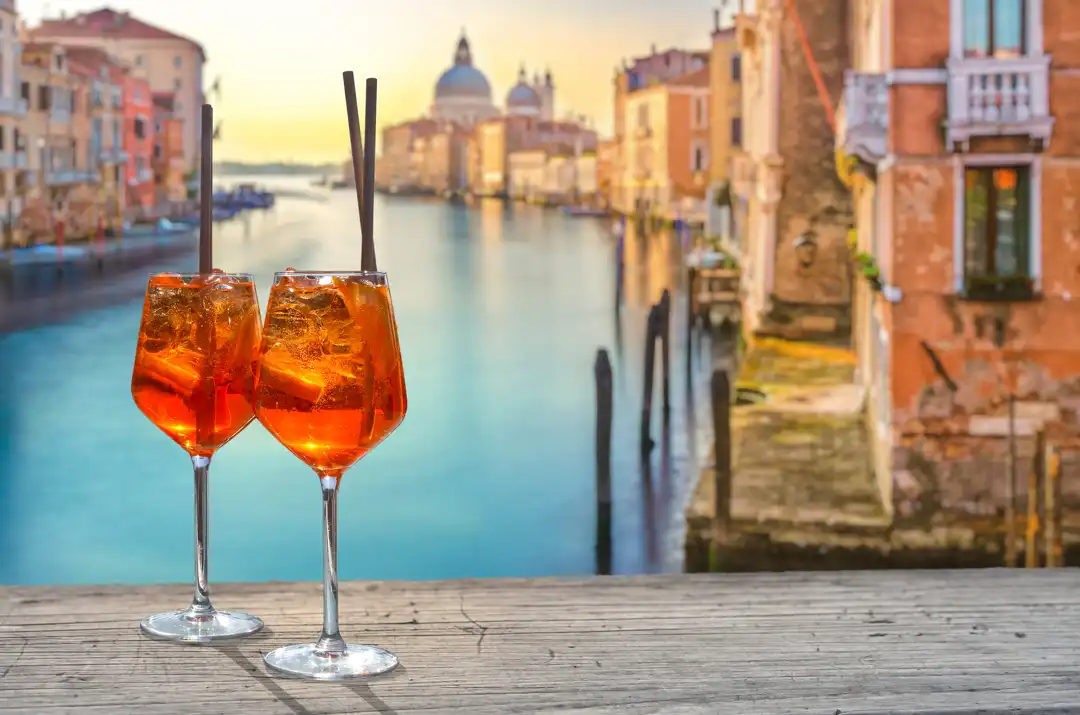
What Is the Legal Drinking Age in Italy?
The legal drinking age in Italy is 18.
However, minors may be allowed to drink alcohol in certain circumstances. For example, if accompanied by a parent, guardian, or an adult with parental permission, minors can sometimes consume alcohol.
This typically occurs in family settings, such as at restaurants or during celebrations.
Cultural Attitudes Toward Drinking
Alcohol is culturally engrained and widely accepted as a part of everyday life, family culture, and social interactions.
1. Wine as a Daily Dining Tradition
It’s not unusual to have wine at the dinner table: a glass with each meal that actually doesn’t cause drunkenness (even the kids drink it).
Wine is seen as a food and is also used as a flavor-enhancing ingredient in cooking. Drinking in Italy is a form of relaxation.
You just enjoy the wine and the aperitifs and leave the binge drinking behind. You don’t go out just to get drunk. Wine is part of the meal.
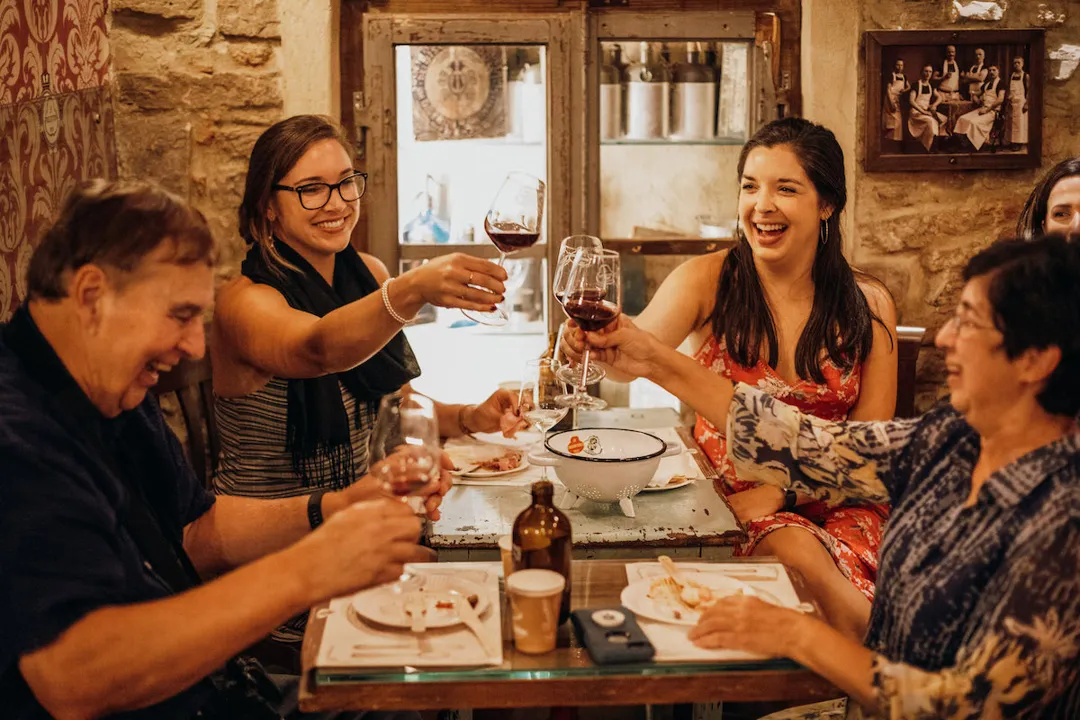
2. Wine as a Family Lesson
Family is paramount in educating the youth of Italy on how to drink properly.
Picture sitting around a massive dining table with your family, sharing a bottle of wine as well as a plate of pasta. That is how most Italians are introduced to alcohol.
It’s not about drinking to get drunk but about sipping slowly and enjoying the company and space you’re in.
3. Wine as a Quiet Tradition
When you’re in Italy, don’t act surprised when a young face seems young.
If they have a glass of wine in hand, that’s not going to cause a stir. What will raise eyebrows is wild behavior.
The expectation is just that you act right, regardless of whether you’re 18 or not — the focus is on how you present yourself in public.
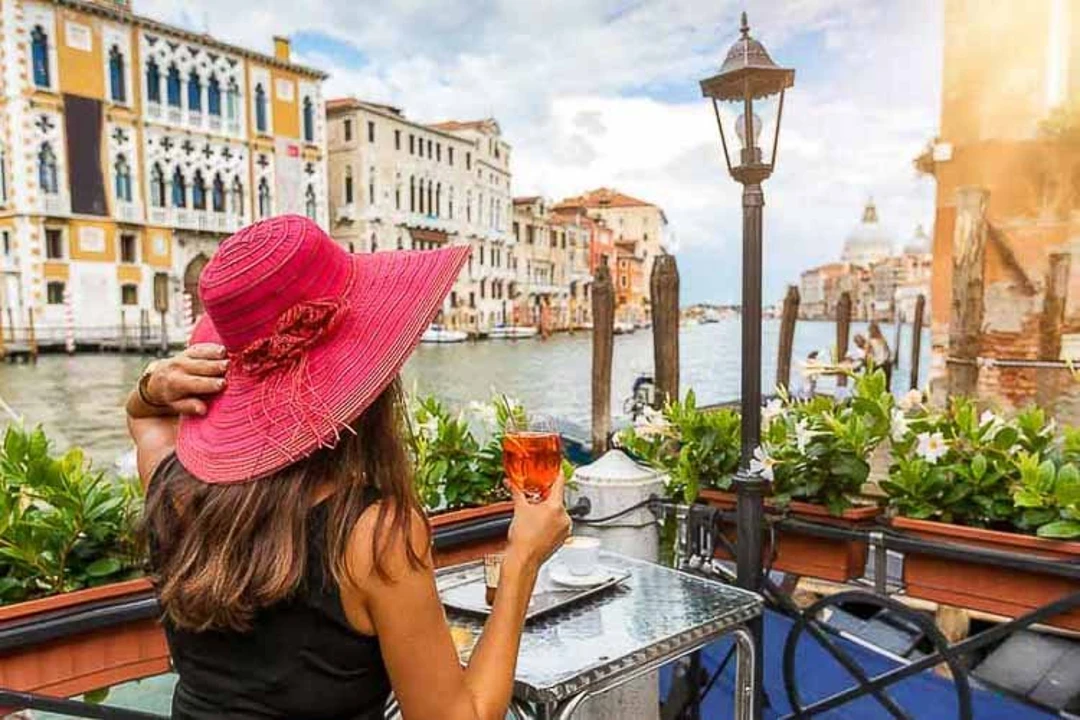
Drinking in Public Spaces
Beach, Piazza, and Park Drinking
These scenic public spaces are common places where people enjoy a quiet drink.
However, regulations vary from region to region. It’s generally accepted to drink in moderation in these areas—just keep the volume down and clean up after yourself.
Most problems arise not from the act of drinking itself, but from noise, mess, or disrespectful behavior.
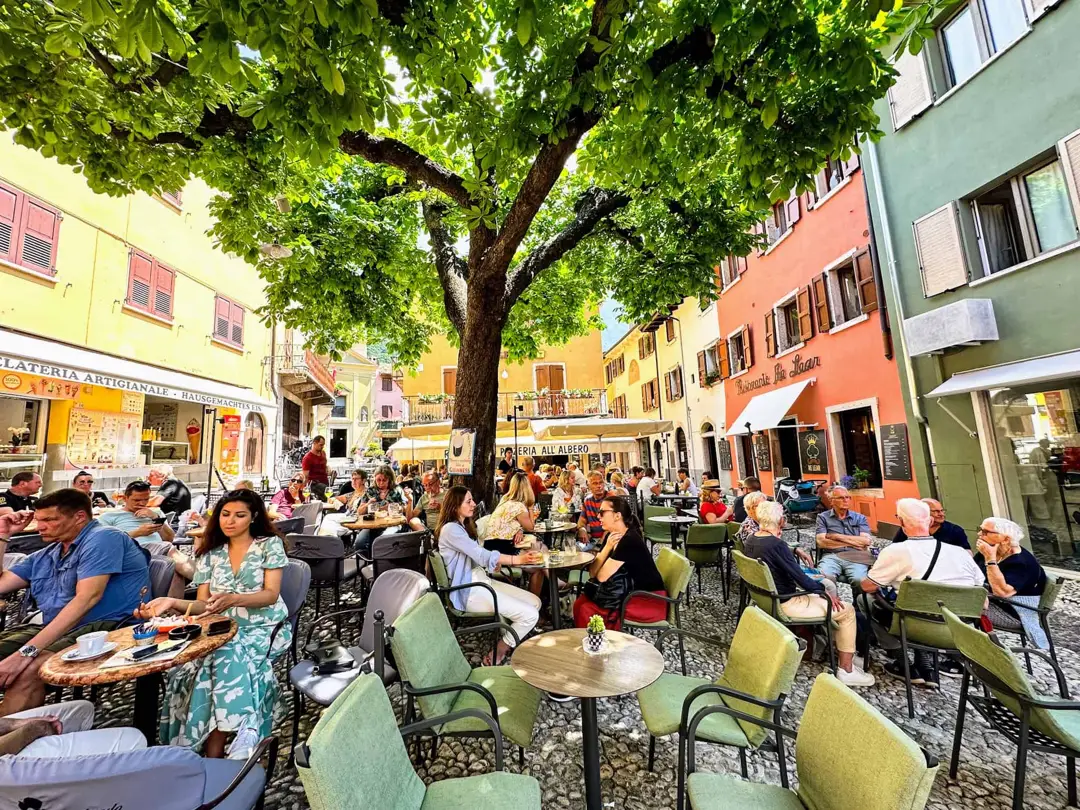
Local Regulations
If you’re traveling the streets of Italy, you may find that things work a little differently here when it comes to drinking in public.
In many major cities, there are rules around when and where you can consume alcohol in public spaces.
The main purpose of these laws is to prevent disorderly behavior.
While sipping wine or beer in a public square might be perfectly acceptable, it’s always a good idea to check the local laws before you do.
Tips for Travelers
When in doubt, look for posted signs or simply ask a local before drinking in public.
Italians are often friendly and happy to help. A quick question can save you from unnecessary trouble and make your experience smoother.
Being cautious, considerate, and informed is the best way to enjoy a drink in Italy—without the headaches.
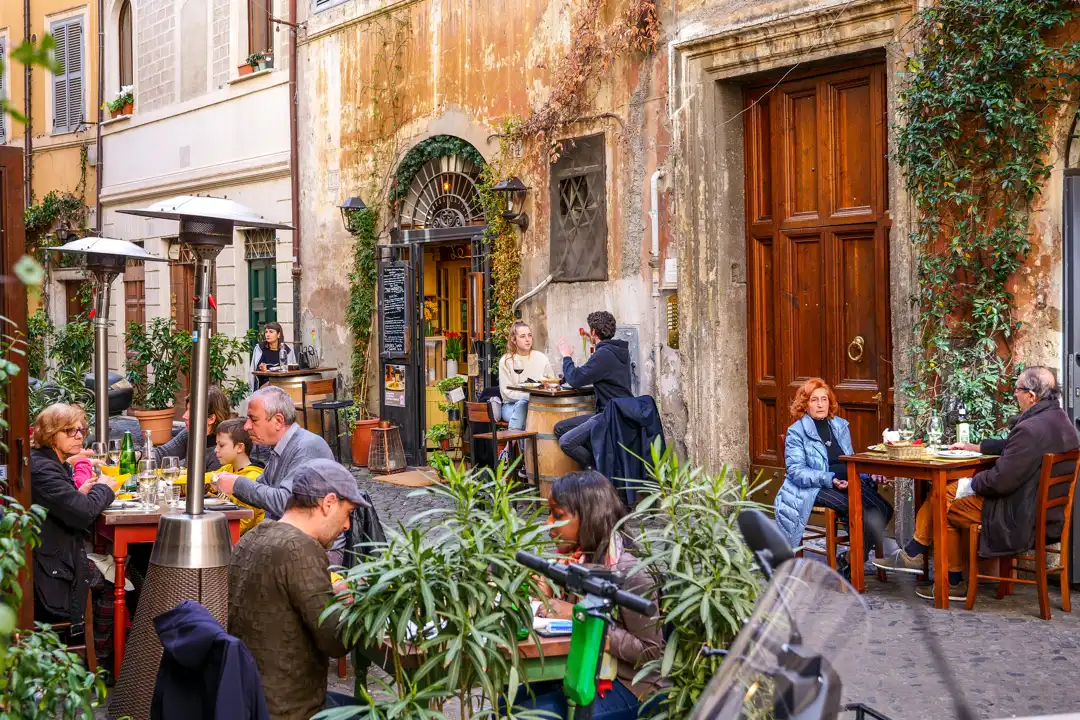
Drinking Manners and Taboos in Italy
Manners:
Drink slowly and socially. In Italy, it’s all about the experience. Italians never drink to get drunk. They drink to enhance the day and the time spent with friends and family. And that’s a lesson everyone can get behind.”
Say "cin cin". In Italian to toast you say “cin cin.” It’s required in order to do a proper toast with someone else. It’s a fun, easy word to remember. It’s pronounced “chin-chin.”
Respect the timing. Drinks are also something the Italians handle with aplomb. Aperitifs are ideal for the early evening hours, typically from 6 p.m. to 8 p.m. Wine is drunk with meals and digestifs are consumed post-dinner. Knowing this can help ease you into the Italian routine.
Use the right glass. Italians are all about the right glass for the right drink. Wine goes in a wine glass, Prosecco in a flute, and so on. The look has a touch of elegance, respect for tradition, and really enhances the flavor.
Wait before drinking. You don’t take the first sip until everyone is served and a toast is offered. To do otherwise is considered rude and disrupts the collective experience. You also DEFINITELY do not pour your own drink.
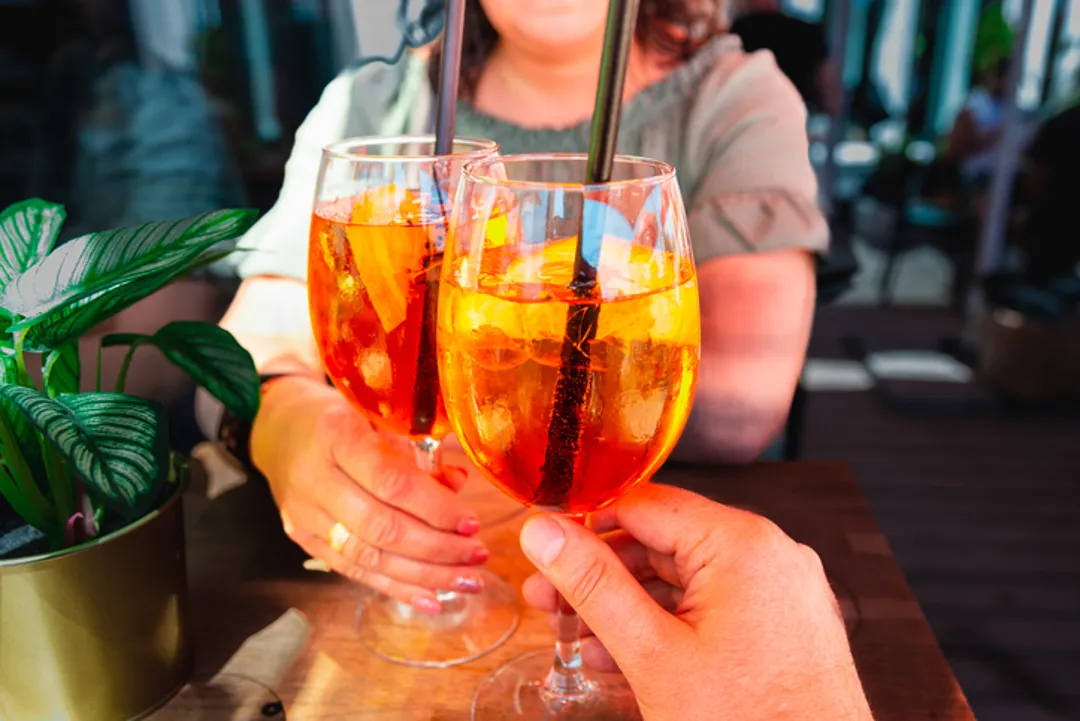
Taboos:
Don’t get drunk in public. Italians think it’s rude and uncivilized to get completely wasted in public. It’s not trendy and it’s just not cool. So control yourself. And enjoy your drinks in moderation.
Do not chug drinks or play drinking games. This is a rarity in Italy, I mainly saw student parties. When you’re out, it’s about enjoying the flavor and the company, not a giant chug contest.
Don’t fill your own glass first. You have to be careful at an Italian table to not pour a drink for yourself before pouring one for someone else. That might sound silly, but people believe that kind serves others best.
Don’t toast with water. Furthermore, in Italy, it’s considered very bad luck (certainly something you would not pick up in a tour of Italian language) to cheers with a glass of tap water. If you don’t have any wine on you, at the very least you better fill your cup with some bottled water! In other words “Cheers” [here I’m raising an invisible drink of water].
Do not cross glasses. When you clink glasses, never cross someone else’s arm. It’s considered bad luck as you’ll struggle to form a lifelong bond. Just keep things as uncomplicated and pleasant as possible.

Famous Italian Wines and Drinks
Famous Local Wines
Chianti Classico
Made in Tuscany, Chianti Classico is a famous red wine that is the perfect accompaniment to grilled meats. It’s earthy and robust in flavor, making a single glass feel like a stroll through Tuscany.
Barolo
Barolo comes from Piedmont and is a long-aging bold wine best described as “the king.” Definitely meant to only be served on special occasions when you want to enjoy something extraordinary!
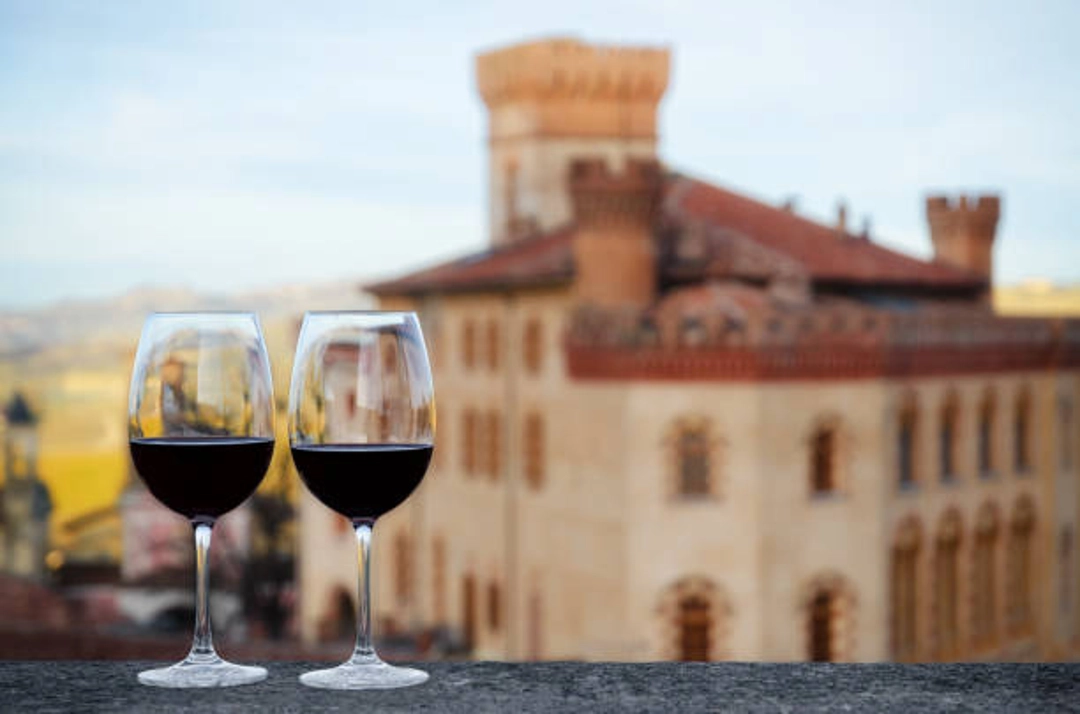
Prosecco
In Veneto, Prosecco is something to be treasured—it is Italy’s sparkling wine of choice. Lively and light, it’s perfect for celebrating all you’re about to do.
Nero d’Avola
Nero d’Avola is a full-bodied red wine from Sicily with intense dark fruit flavors. It pairs excellently with Italian food as it is very bold.
Pinot Grigio
Friuli Venezia Giulia is known for its sharp Pinot Grigio, a wine that goes well with seafood and a must for any white wine lover looking fora crisp, refreshing wine.
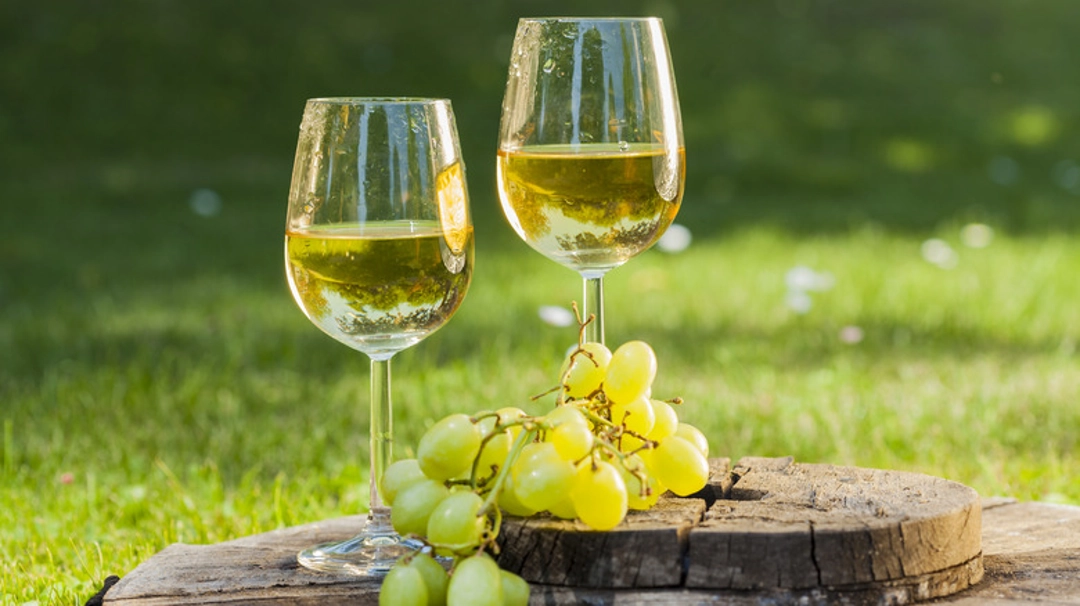
Iconic Italian Drinks
Aperol Spritz
A popular Italian beverage, the Aperol Spritz mixes Prosecco and soda water to make an orange-colored aperitif that’s both bitter and sweet. Ideal for a pre-dinner drink at sunset.
Negroni
Sustain-able travel tip: If you like your drinks on the stronger side, try the Negroni, a gin, vermouth, and Campari cocktail that is quite strong and has a unique and bold flavor profile.
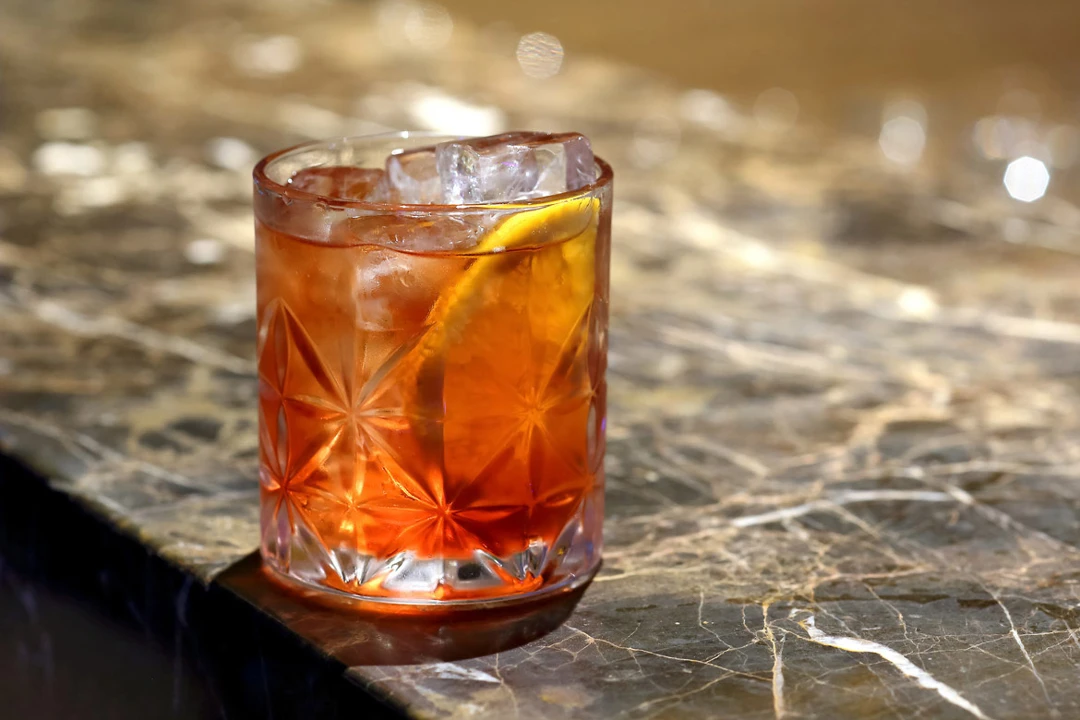
Limoncello
Hailing from the Amalfi Coast, Limoncello is a sweet lemon liqueur that’s ideally consumed ice-cold after dinner, providing a zesty and citrusy finish to your meal.
Amaro
Amaro, a type of herbal digestif, comes in regional forms such as Averna and Fernet-Branca. It’s a great after-dinner drink, and each has a distinct flavor based on a unique herbal recipe.
Grappa
A strong, grape-based spirit, Grappa is meant to be sipped slowly, due to its high alcohol content and intense flavor. (This makes it a popular choice for people who like “digestivi.”)
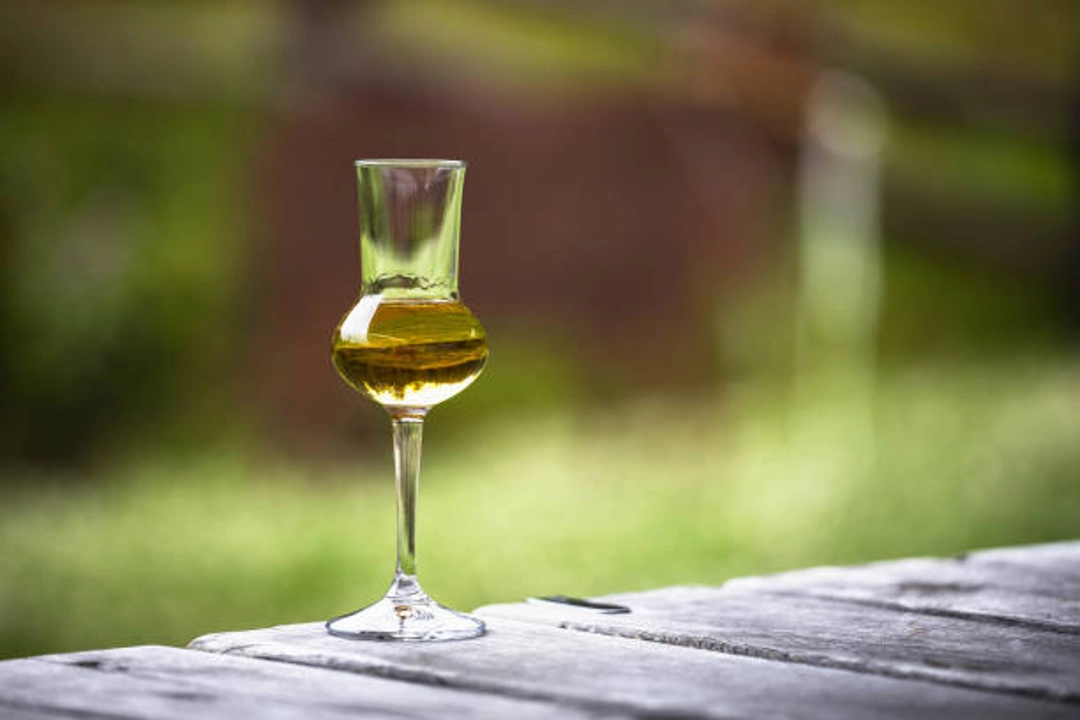
Non-Alcoholic Options for Underage Travelers
Crodino
If you’re looking for a non-alcoholic drink, Crodino has the taste of bitter orange soda and is the perfect aperitivo if you’re alcohol-free. It’s tasty and totally Italian.
Sanbittèr
With a vivid red color and a bitter orange flavor, Sanbittèr offers a fizzy, refreshing treat. Since it’s non-alcoholic, underage or non-drinking travelers will have a chance to experience Italy’s drinking culture without drinking, like a true Italian.
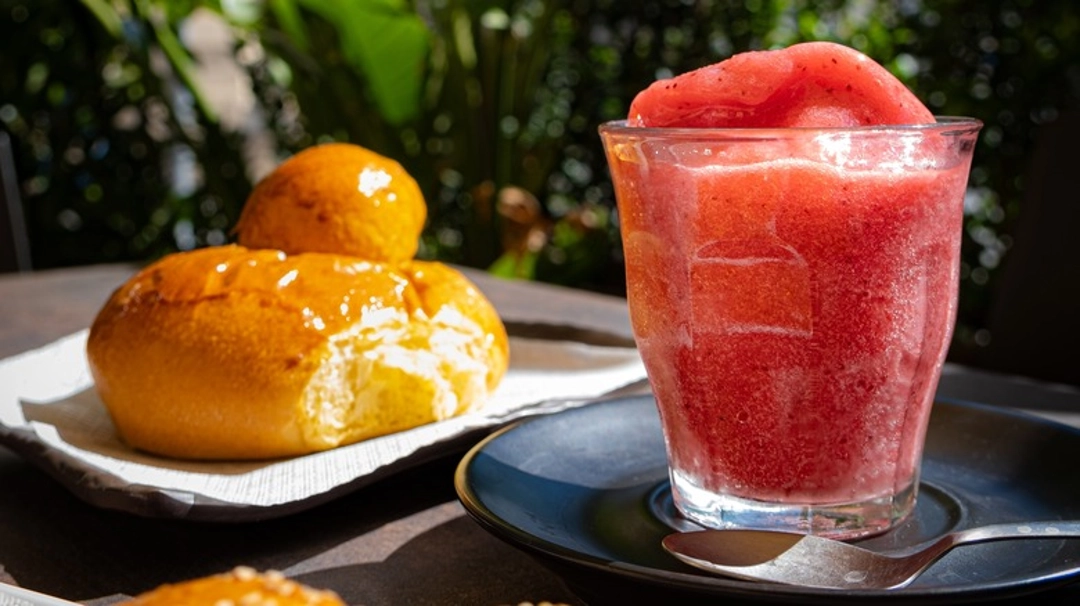
Tips for Travelers
When it comes to drinking in Italy, here area few tips to help you navigate the local culture responsibly.
Ask if Unsure. When in doubt, simply ask about drinking etiquette in a foreign country– most people are more than willing to educate you on their customs and culture!
Dress the Part. Italians tend to dress up, even for more casual affairs. Dressing sharply may help you feel more assimilated while out for a drink.
Avoid Public Disruption. You can get away with a lot more public drinking in Italy compared with other countries, but do exercise some moderation and decorum.
Check Local Signs. Different cities in Italy may have different rules on public drinking. However, in general, in Italy it is legal. But be sure to check the local regulations of the specific city you’re visiting.
Mind the Trash. If you’re going to drink on-the-go or plan a picnic, remember to always pick up your trash. Littering is not only very disrespectful but you can get fined for it.
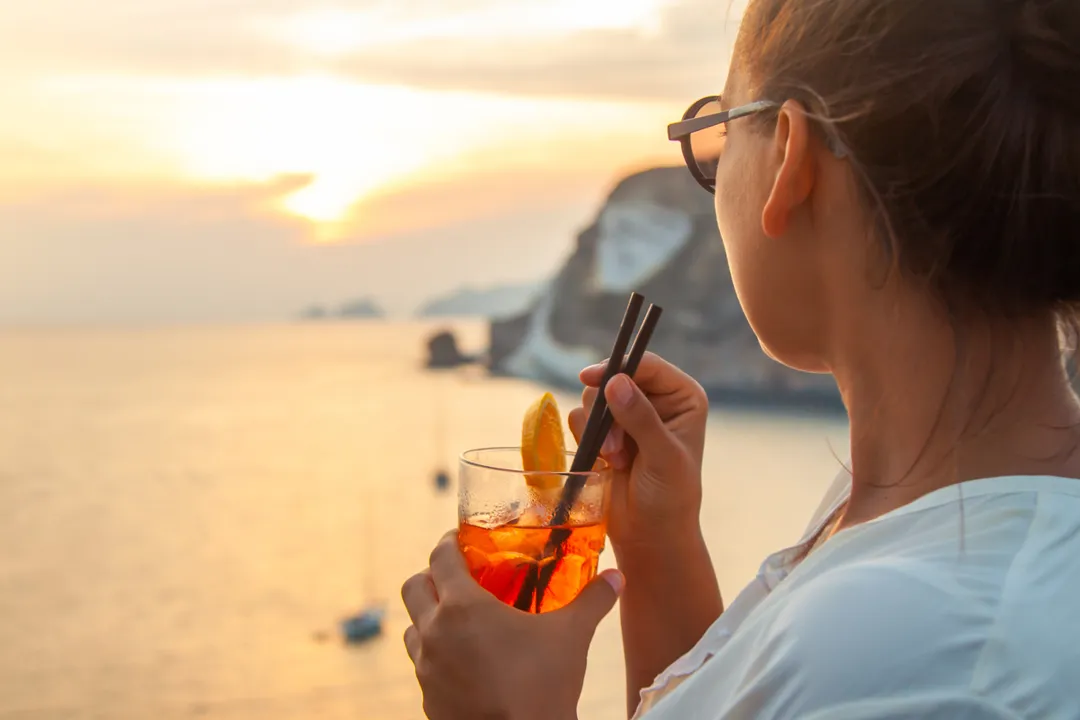
By following these guidelines, drinking in Italy can be an enjoyable and culturally rewarding adventure. Bottom’s up!
FAQ
1. Can I drink alcohol on the beach in Italy?
Often allowed during the day, but banned at night in some coastal towns. Always check for posted signs or local regulations.
2. Are there specific alcohol taxes or limits for tourists?
No. Tourists can freely purchase alcohol for personal use without special restrictions.
3. Is there a limit to how much alcohol you can bring into Italy?
For EU travelers, no strict limit for personal use. Non-EU tourists can bring small amounts duty-free.
4. What should I avoid saying when discussing alcohol in Italy?
Avoid mocking Italian wine or comparing it unfavorably to other countries—it’s a point of pride and identity.
5. Are there alcohol restrictions during religious holidays?
No official restrictions, but some regions may reduce nightlife hours during certain holidays like Easter or All Saints’ Day.
Conclusion
In Italy, drinking is less about rules and more about culture. While the legal age to buy alcohol is 18, the real focus is on enjoying a drink responsibly and in good company.
For travelers, that means sipping slowly, respecting local customs, and embracing the relaxed Italian way of life.
So when in Italy, raise your glass—and do it with style. Cin cin!
